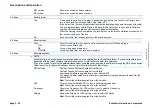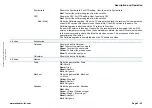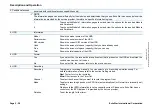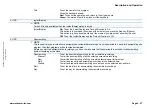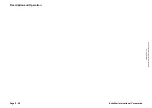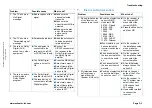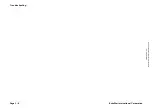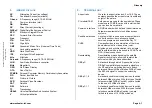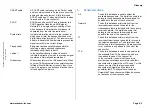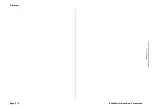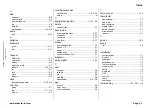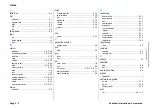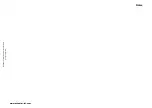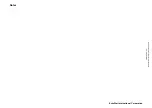
Page 4 - 2
EchoStar International Corporation
© 2
0
04
Ech
o
S
ta
r I
n
te
rn
at
io
na
l
Co
rpor
a
tio
n
A
ll ri
gh
ts
re
serve
d
DiSEqC1.2
A standard used for motorized dishes. In this
kind of installations you only need to connect the
motor/LNB with a suitable coaxial cable. So the
motor control signals and the RF signals run
through one cable.
EPG
A electronic program guide that comes with a
broadcast. Note that every station fills the EPG
differently or not, so differences in the EPG are
not necessarily receiver errors.
FEC
Is an invisible part of a broadcast that can correct
possible errors in the reception of the digital
terrestrial signal.
Fixed
A dish antenna that is pointed at one particular
satellite.
Frequency band
A range of frequencies which are dedicate to a
certain usage. In the satellite area, known bands
are the C/Ku-band.
FTA
An unscrambled broadcast which you can view
without additional payments to a service
provider.
Horizontal
In the satellite industry, horizontal is used to
indicate the direction in which the received signal
is polarized. Normally abbreviated as H.
Letterbox
This is probably the best way to watch a movie
as it keeps the original screen size. This format
shows the full picture, in the center of your TV
screen. Depending on your TV and program you
will see black bars above and below, left and
right of the picture, or just full screen if the
program matches your screen size.
LNB
A device behind the feedhorn which processes
the signal into a format which is understood by
the receiver for further processing.
Loop-though
Loop-through means that you connect a signal
output (LNB, VCR, UHF Antenna) of the first unit
to the signal input (LNB, DVD, analog TV) of the
other without any processing.
NVOD
Near Video On Demand - Multi channel system
broadcasting many copies of a film with
staggered start times so a complete film is
always available to a viewer with a short waiting
period.
Network
With respect to the receiver, a network (also
known as a bouquet) is a set of programs that is
offered by a single service provider.
NTSC
USA video standard with image format 4:3,
625 lines, 60Hz and 4MHz bandwidth with a total
of 6MHz video channel width.
PAL
European video standard with image format 4:3,
625 lines, 50Hz and 4MHz bandwidth with a total
of 8MHz video channel width.
Parental control
A feature which is introduced to give you the
possibility to ‘Lock’ several functions of the
receiver to prevent unauthorized persons
(children) to view broadcasts that are not suitable
for them.
PID
(Video, Audio, PCR)
A digital signal is divided into so called packages
(as suit cases on a transport belt). Each packet
holds certain information for Video, Audio, timing
and completeness of the packet stream so that
the receiver can compose a distortion free signal
for your TV or Radio.
Polarity
Broadcasts are done in a particular Frequency
band. To make maximum use of a Frequency
band and bring you the maximum number of
programs, the broadcasts are polarized in
different ways to fit as much as possible
programs into one Frequency band.
RGB
RGB (Red. Green, Blue) is used to transfer a TV
signal in DVD quality. The quality is superior to
SVHS and CVBS.
RS-232 connection
A RS-232 connection allows you to connect
equipment to the receiver which supports the
RS-232 protocol.



